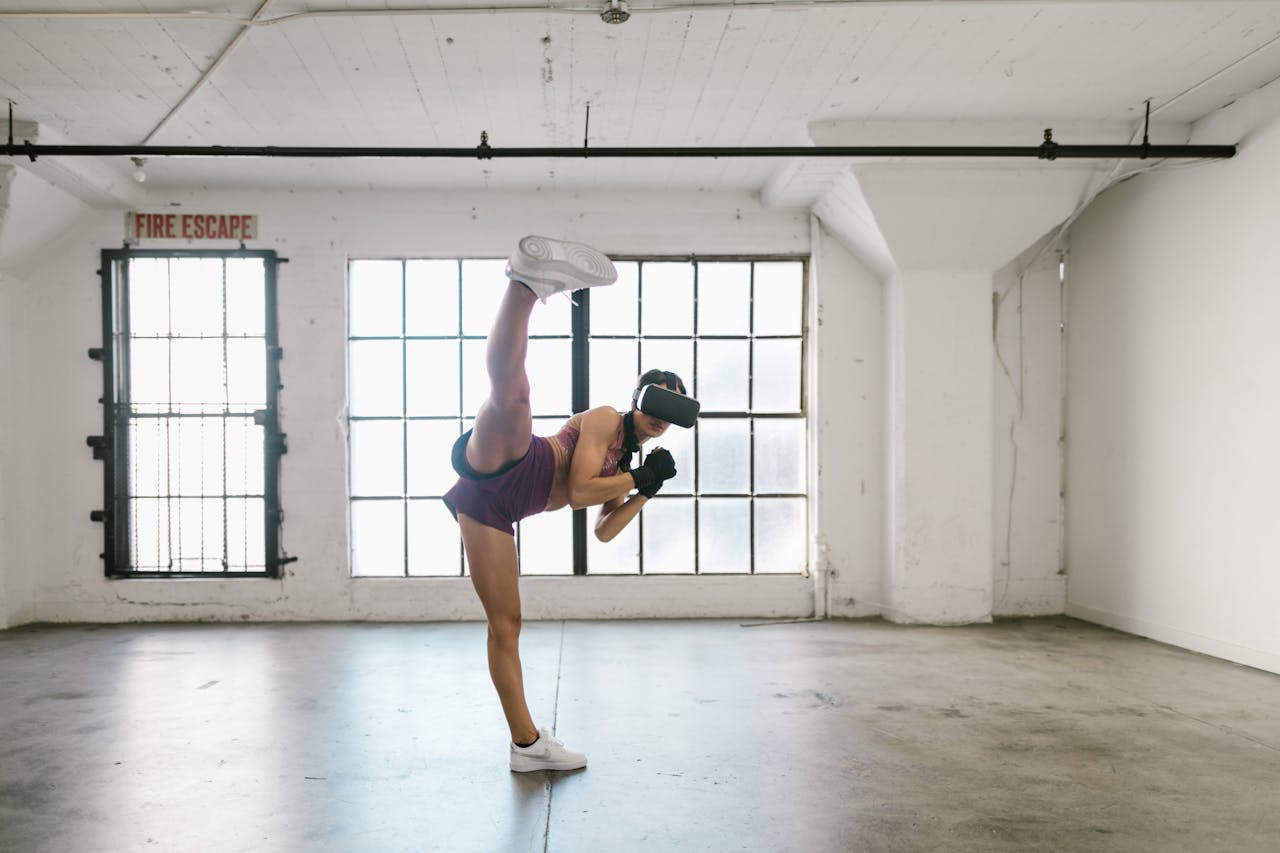
From routine checkups to complex surgeries, healthcare is transforming, and two of the most exciting drivers of that change are Virtual Reality (VR) and Augmented Reality (AR). But beyond the flashy tech headlines, these tools are quietly breaking down barriers for patients who’ve long been left behind.
In this post from HealthConnectDaily, we explore how VR and AR are unlocking new levels of accessibility for people with disabilities, chronic illnesses, and limited healthcare access.
What Are VR and AR in Healthcare?
Virtual Reality (VR) immerses users in a simulated 3D environment using a headset, often paired with motion controls. In healthcare, VR can simulate surgeries, offer calming environments for therapy, or help patients navigate pain.
Augmented Reality (AR) overlays digital elements—like text, images, or sounds—onto the real world, often via smartphones or smart glasses. AR can guide clinicians during procedures or help patients understand complex medical conditions.
Why Accessibility in Healthcare Still Lags
Accessibility means making healthcare usable for everyone—regardless of disability, mobility, geography, or communication barriers. Unfortunately, many patients still face challenges:
- Long travel distances to clinics
- Inaccessible exam rooms or medical equipment
- Difficulty understanding verbal or written instructions
- Sensory processing disorders in traditional hospital environments
This is where VR and AR are stepping in not as gimmicks, but as game-changing tools.
Virtual Reality for Pain Management
VR can reduce pain perception by distracting the brain during painful procedures.
Example Use:
- Burn patients using VR to immerse in soothing environments during dressing changes
- Laboring mothers using VR to manage contractions naturally
Studies show that VR can reduce pain scores by up to 60% in some clinical settings.
Helping Patients with Cognitive Disabilities
VR and AR offer customized, low-stress environments that help patients with:
- Autism Spectrum Disorder (ASD)
- Dementia or Alzheimer’s
- Traumatic brain injuries
How It Helps:
- VR therapy for social skills and communication
- AR-based navigation in hospitals to reduce disorientation
These tools provide predictable, repeatable, and controlled healthcare experiences.
Augmented Reality for People with Visual or Hearing Impairments
AR smart glasses can help people who are blind or hard of hearing:
- Identify objects and obstacles
- Convert speech to text in real-time
- Navigate hospitals independently
Example:
AR subtitles during doctor consultations can help deaf patients understand everything being said—no interpreter needed.
Improving Remote and Rural Access
In remote areas, access to specialized care is often limited. VR and AR enable:
- Telemedicine enhanced with AR: Clinicians can guide local practitioners through procedures with overlaid instructions.
- VR rehab programs: Patients can perform physical therapy from home with real-time feedback.
This minimizes travel and reduces costs.
Training Clinicians to Be More Inclusive
VR isn’t just for patients it’s a powerful tool for providers too.
- Empathy simulations: Let doctors experience what it’s like to live with Parkinson’s, vision loss, or chronic pain.
- AR-enhanced diagnostics: Help providers detect subtle signs of disease in diverse patient populations.
This leads to more sensitive, inclusive care.
Real-Time Language Translation
VR and AR apps can offer instant medical translation, breaking down one of the biggest accessibility barriers.
- On-screen subtitles during consultations
- Augmented signs and directions in multiple languages
No more waiting for a translator or relying on family members to interpret.
Making Mental Health Care More Accessible
Many people avoid mental health treatment due to stigma, location, or anxiety. VR therapy makes help more approachable:
- Guided meditation and CBT environments
- Exposure therapy for PTSD, phobias, and anxiety
- Remote sessions with licensed therapists via immersive platforms
For veterans, trauma survivors, or those in rural areas, this is a lifeline.
Physical Rehab with VR
VR-based rehab games make physical therapy engaging and trackable.
- Stroke recovery patients can rebuild motor skills with fun, gamified tasks
- Movement sensors provide data to therapists without in-person visits
This keeps patients motivated and reduces drop-out rates.
AR for Medication Management
Using AR via smartphones or smart glasses, patients can:
- Scan pill bottles for dosage reminders
- View 3D animations explaining side effects
- Follow real-time guidance for insulin injections, inhaler use, etc.
This improves health literacy, especially for seniors and people with learning disabilities.
Challenges to Overcome
While promising, these technologies have hurdles:
Cost and insurance coverage – Many tools aren’t covered by Medicare/Medicaid yet
Tech literacy – Older adults or those with cognitive impairments may need training
Privacy concerns – Wearables and immersive tech collect sensitive data
Limited clinical studies – More large-scale research is needed for some use cases
Still, the progress is undeniable.
What the Future Looks Like
Imagine a world where:
- VR headsets are as common as thermometers
- AR glasses help nurses in real-time
- All hospital signage adapts to your native language
- Mental health support is available 24/7 in immersive environments
This is not science fiction it’s happening now.
Final Thoughts
VR and AR aren’t just cool gadgets they’re becoming essential tools to make healthcare more inclusive, empathetic, and effective. At HealthConnectDaily, we believe that a truly modern healthcare system doesn’t just treat it empowers.
Whether you’re a provider, patient, caregiver, or policymaker, the message is clear: Innovation should serve everyone.
FAQs About VR & AR in Healthcare Accessibility
1. Are VR and AR therapies covered by insurance?
Coverage is limited but growing. Some programs for PTSD or stroke rehab are reimbursable—check with your provider.
2. Can seniors use VR and AR safely?
Yes. Many systems are designed with older adults in mind, with simple interfaces and guided use.
3. What’s the difference between VR and AR in healthcare?
VR immerses you in a virtual space; AR adds digital info to the real world. Both have distinct roles.
4. Do I need expensive equipment to use these tools?
Not always. Some therapies use basic smartphones and low-cost headsets.
5. How can I access VR/AR healthcare tools near me?
Ask your doctor about digital therapy options or search for local clinics offering immersive rehab or mental health services.
